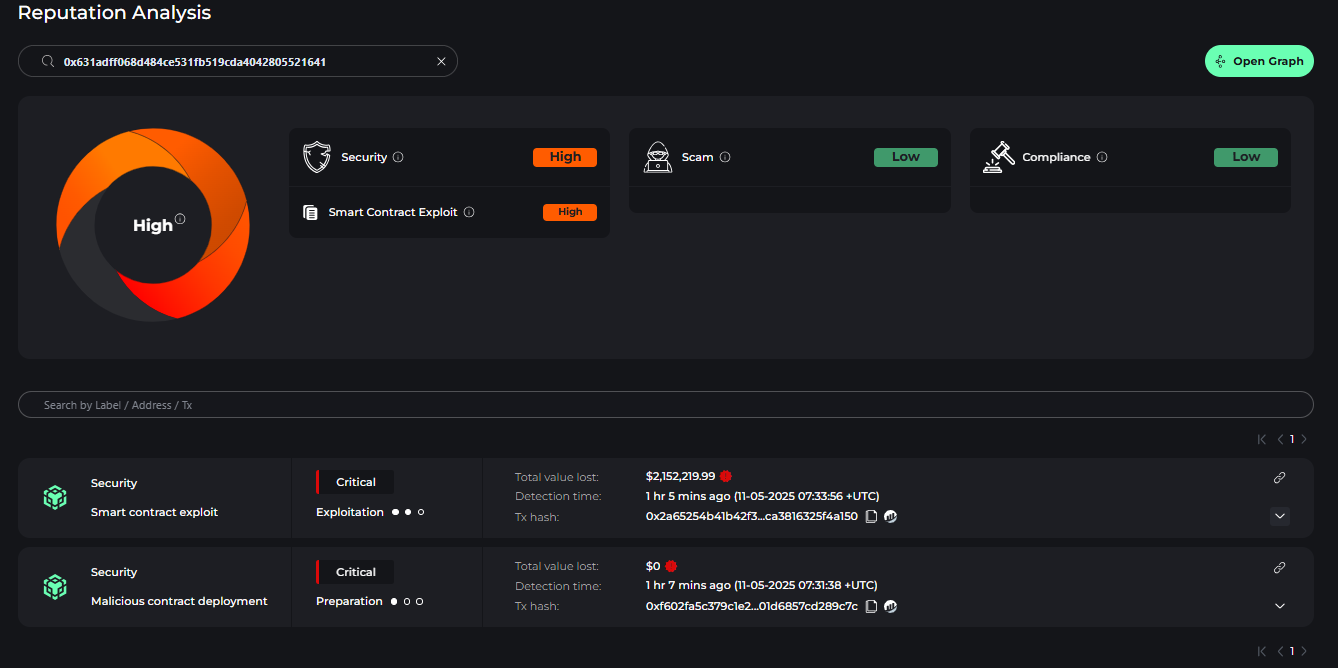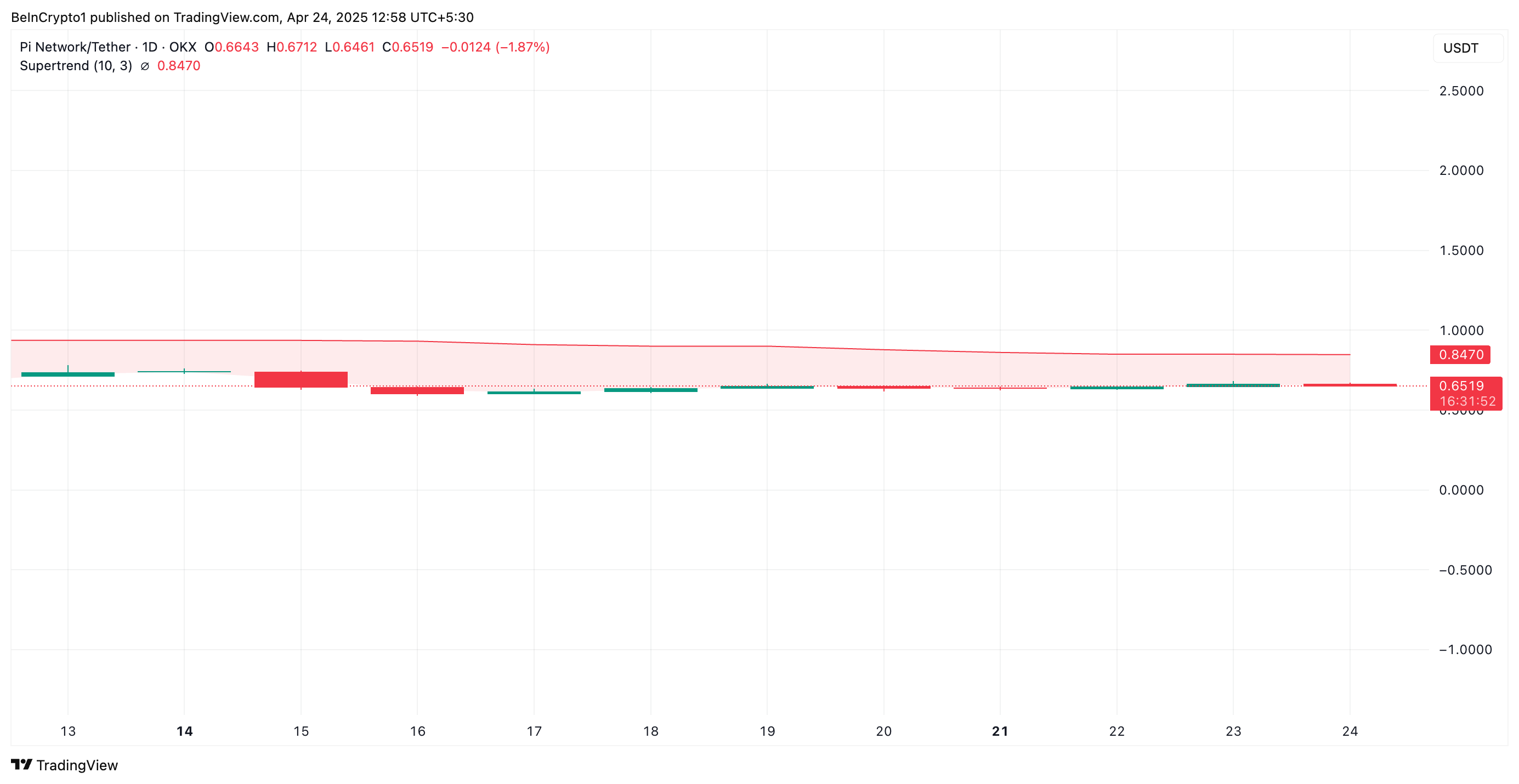A critical vulnerability in the Mobius Token (MBU) smart contract on BNB Smart Chain has led to a $2.15 million loss, adding to the growing list of crypto-related exploits in 2025. Mobius is a lesser-known project within the BNB ecosystem.
The attack, confirmed by Web3 security firm Cyvers on May 11, involved a malicious hacker who took advantage of a flaw in the MBU minting mechanism.
Mobius Attacker Moves Fund Through Tornado Cash
According to Cyvers, the incident began at 07:31 UTC when a wallet (0xB32A5) deployed a rogue contract. Just two minutes later, another address (0x631adf) initiated a series of suspicious transactions.
Using only 0.001 BNB, the attacker minted 9.73 quadrillion MBU tokens and quickly exchanged them for stablecoins, netting $2.15 million. In the same process, the attacker also gained an additional 28.5 million MBU tokens.
After the exploit, the stolen assets were moved to Tornado Cash, a popular protocol that anonymizes transactions.

The method and speed of the exploit point to a calculated move to evade tracking and asset recovery. This incident further highlights the persistent vulnerabilities facing smart contract-based systems.
Meanwhile, this Mobius hack makes it the latest victim in a wave of blockchain exploits that have resulted in the loss of around $2 billion across various platforms, including Bybit.

BNB Chain Activity Surges
Despite isolated incidents like the Mobius breach, BNB Chain is witnessing a significant resurgence in user and developer activity. Over the past months, the network has reemerged as a top contender in the DeFi space.
Data from DefiLlama shows that the total value locked (TVL) on BNB Chain has surpassed $10 billion, reaching a three-year high. However, it is still significantly below the 2021 all-time high of more than $40 billion.

BNB Chain also recently claimed the top spot in the decentralized exchange (DEX) sector, outpacing both Ethereum and Solana.
Market observers noted that the network’s growth is fueled by fresh institutional interest, an increase in DeFi participation, and strong demand for on-chain assets.
Moreover, the momentum can also be partly attributed to Binance’s continued influence and Changpeng Zhao’s renewed focus on the blockchain network.
The post Mobius Token Smart Contract Hack on BNB Chain Drains $2.15 Million appeared first on BeInCrypto.








